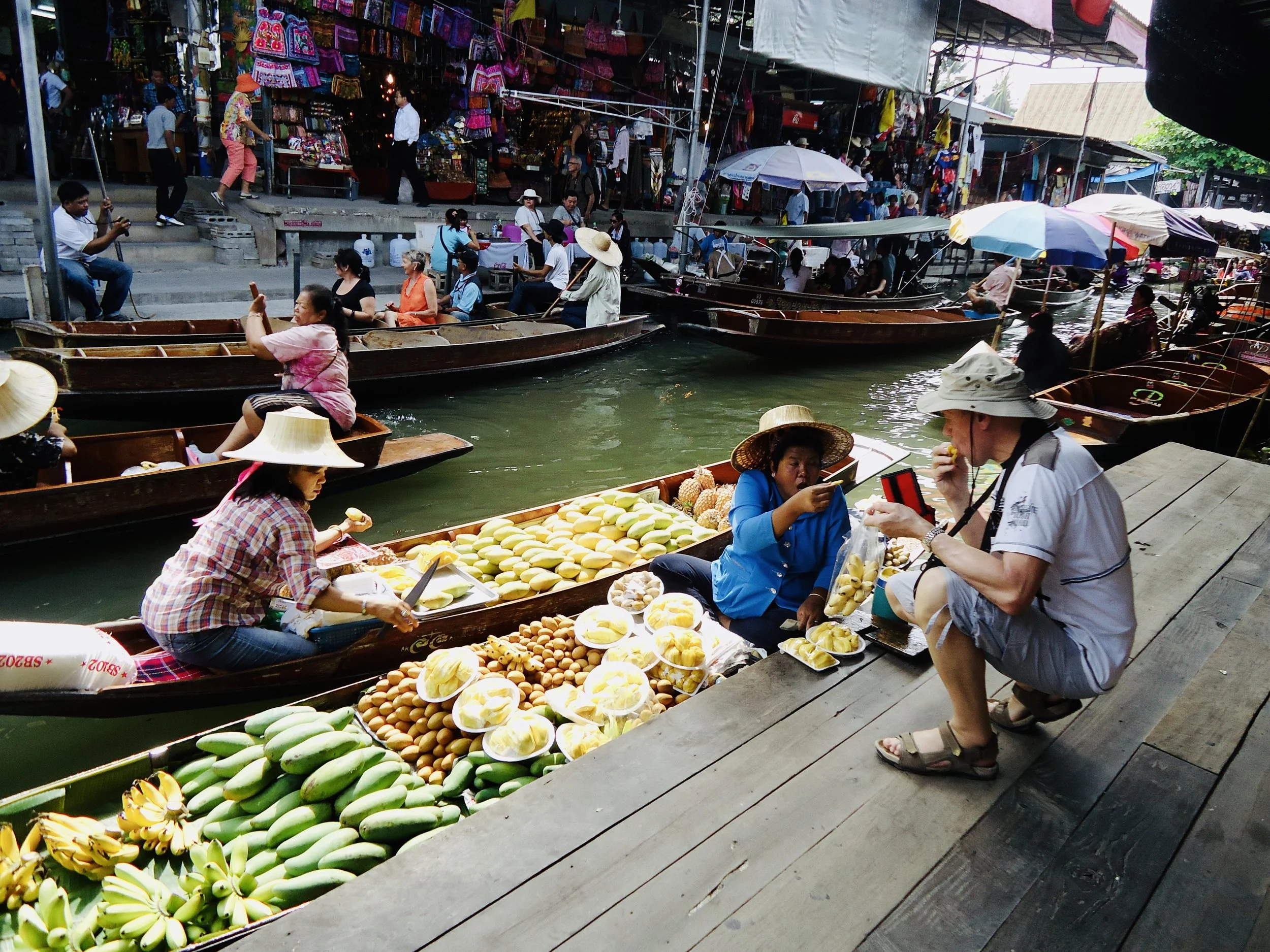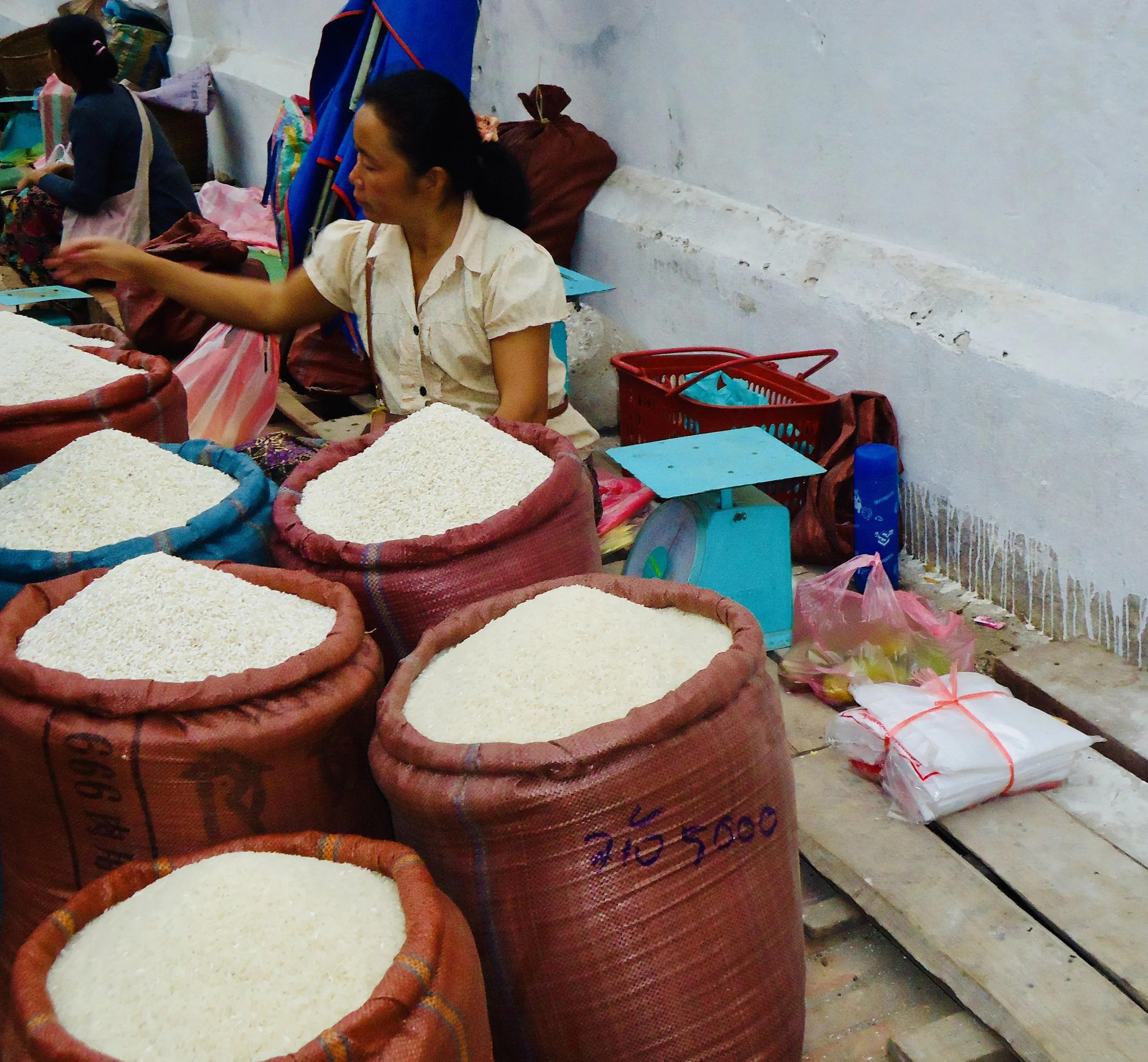The Ultimate Guide to Haggling: How to Negotiate Like a Pro While Traveling
Photocred: @artghuo
Haggling—a tug-of-war where two parties battle over value while respecting one another’s dignity. It’s a test of wit, cultural awareness, and charm. Throwing a tantrum, though entertaining, is usually not the best strategy.
As someone who’s bargained my way through bustling markets in Southeast Asia, haggled in the vibrant bazaars of Africa, and scored steep discounts on South American adventures, I can assure you that I’ve got helpful tips to share.
Whether you’re shopping for souvenirs, negotiating transportation fees, or booking local accommodations, here’s your ultimate guide to haggling like a seasoned traveler.
1. Start with a Smile and a Greeting
First impressions matter, especially when you’re entering someone else’s space. Begin with a warm smile and a friendly greeting in the local language if possible. A little effort to connect goes a long way. Compliment the merchandise or exchange pleasantries—it sets the tone for a positive interaction.
2. Shop Around First and Assess the Going Rate
Sampling local fruits at a floating market in Thailand- 2012
Before committing to a purchase, explore other stalls or shops to compare prices and quality. Markets often have vendors selling similar goods, and prices can vary widely, especially in tourist-heavy areas. Take time to figure out the typical price range for an item. Maybe ask your hotel staff to get a sense of what’s reasonable. Knowing the local price helps you avoid being overcharged and gives you confidence during negotiations.
For the best deals, try shopping where the locals go instead of sticking to tourist hotspots.
3. Learn Basic Phrases in the Local Language
Knowing a few key phrases can give you a significant edge. A simple “How much is this?” or “That’s too expensive” in the local language shows you're a seasoned traveler who won’t stand for being ripped off.
4. Don’t Show Too Much Enthusiasm
Vegetables for sale at a local market in Indonesia-2025
Even if you’re thrilled about an item, keep your poker face on. Expressing too much excitement can weaken your bargaining power. Instead, point out minor flaws or mention other shops with similar items. This signals to the seller that you’re considering alternatives.
5. Make the First Offer (When Possible)
If you have a rough idea of the item’s value, start negotiations by offering a price slightly lower than what you’re willing to pay. For instance, instead of asking, “How much is this?” you could say, “I’ll pay 60 baht for this.” This approach demonstrates confidence and positions you as a knowledgeable buyer.
6. Expect Counteroffers and Meet in the Middle
Haggling is a back-and-forth process. Do it in a manner that’s both assertive and respectful. If the seller counters your offer, remain firm but flexible. For example:
You: “I’ll pay 30,000 pesos.”
Seller: “No, that’s too low. 60,000 pesos!”
You: “How about 40,000?”
Negotiate until you reach a middle ground that satisfies both parties.
7. Master the “Walk Away” Tactic
One of the most effective bargaining strategies is to walk away. If the vendor refuses to meet your price, politely say, “No thanks,” and start to leave. Often, they’ll call you back with a better offer or meet your price. But be genuine—if they don’t budge, be prepared to let it go.
Photocred: @ninjason
8. Use Cash Wisely
When haggling, show only the amount you’re willing to pay. If you want to pay $5 for a scarf, hold that amount in your hand and say, “This is all I have.” Vendors are often more likely to accept when they see the cash in front of them.
Additionally, carry small bills to avoid the “no change” excuse, which vendors sometimes use to avoid lowering the price.
9. Ask for Extras
If you’ve hit a deadlock, sweeten the deal by asking for an additional item to be included for free. For example, if you’re buying a few souvenirs, you could say, “How about throwing in this keychain?” It’s an excellent way to bridge the gap when price negotiations stall.
Sidenote on Haggling with Taxi Drivers:
In many places, negotiating fares with taxi drivers is common. Always confirm the rate beforehand to avoid surprises or insist they use the meter if available. If there’s no meter, let the driver make the first offer, then negotiate down.
Why Haggling Matters
Rice for sale at a local Thai market- 2012
In many parts of the world, particularly in Asia, South America, and Africa, bargaining is an expected and often cherished custom. Chain restaurants or big-name hotels may have fixed prices, but the local markets? They’re your playground. From local hotels and transportation to souvenirs and guides, many goods and services are open to bargaining. In fact, merchants may be more surprised if you don’t negotiate.
Final Thoughts
Haggling is an art that goes beyond saving money—it’s a way to connect with local cultures and engage in a tradition. Remember, haggling should be fun, not hostile. Stay polite, keep things light-hearted and negotiate with a friendly smile. Aim for a deal that leaves both you and the seller happy. Remember, the difference of a dollar or two is likely more important to the merchant than it is to you.
With these tips, you’ll not only master the art of negotiation but also enhance your travel experience with stories to share. Now go forth, bargain confidently, and enjoy the thrill of the haggle!
Have your own haggling tales or tips?
👇Drop them in the comments below —I’d love to hear about your wins, your fails, how bargaining has shaped your travels and what strategies worked for you!




